PUPPY SOCIALIZATION FOR GUIDE DOGS: OVERVIEW
1. Focus on the relationship with your new pup! When the relationship is solid, socialization is easier because the puppy trusts you to keep him safe. Always advocate for your puppy.
2. Start ’em young! The primary socialization window for puppies is open from seven to 16 weeks of age. This is the period of time during which a young puppy is most adaptable to new experiences.
3. Keep it up! Even once the primary socialization window has closed, it’s still important to provide carefully planned opportunities for socialization in order to arm the puppy with an expansive mental Rolodex of positive life experience he can call upon when encountering new things.
Who doesn’t love a puppy? What’s not to love about the sweet smell of puppy breath, the adorable antics, and the world of opportunity that presents itself when dealing with a young, moldable mind. Raising a puppy is a big responsibility – even more so when you hope the puppy in question will go on to become a service dog.
Most service-dog organizations rely heavily on volunteers to welcome the organization’s puppies into their homes – and hearts – for more than a year, during which time the volunteers are responsible for teaching basic obedience, impeccable house manners, and how to be confident and calm in a variety of public settings. Socialization is a huge part of raising any dog, but it’s especially important when the dog is destined for a career spent largely away from home. When it comes to socializing a puppy, how you do it matters – a lot!
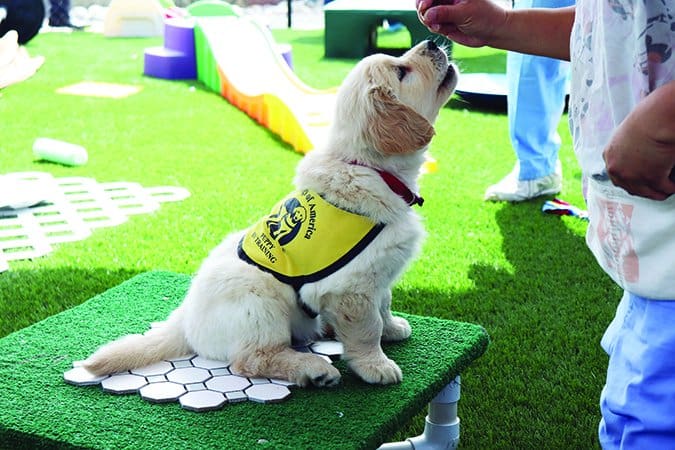
Stephanie Colman
New puppy raisers are often surprised to learn they can’t simply put a puppy-in-training vest on the puppy and start taking him everywhere. To be most effective, socialization should be well-planned from birth, it should be ongoing, and care should be taken to ensure that socialization opportunities create good experiences, not just experiences.
It’s easy to accidentally overwhelm a puppy, or create a situation where the lesson learned is more about ignoring the handler than about learning to feel confident in the world. Neither scenario is desirable for any puppy, but as a service-dog puppy raiser, when one only has 15 to 18 months to train the dog (depending on the organization), making smart choices about when and how to socialize becomes especially important so you don’t lose time helping the puppy recover from a bad experience.
About Guide Dogs of America
Guide Dogs of America empowers people who are blind and visually impaired throughout the United States and Canada to live with increased independence, confidence, and mobility by providing them with expertly matched guide dog partners, free of charge.
Volunteer puppy raisers are the cornerstone of GDA’s training program. Puppies are welcomed into loving foster homes at eight weeks old, where they learn basic obedience, house manners, and how to be calm and confident in a wide variety of public settings thanks to a thoughtful and ongoing socialization protocol.
GDA’s puppy-raiser program is currently limited to Southern California. To learn more about becoming a puppy raiser with GDA, or to apply for a guide dog, visit the organization’s website.
The GDA Puppy Socialization Protocol
Socialization isn’t just for service-dog puppies. The following six tips, based on Guide Dogs of America’s (GDA) puppy raising program, can help pet owners maximize opportunities for socialization throughout their dog’s puppyhood and adolescence:
1. Start socializing early!
It’s been demonstrated that early neurological stimulation benefits puppies in a variety of ways, from improved cardiovascular performance to stronger adrenal glands, better stress tolerance and improved resistance to disease. Working in partnership with Suzanne Clothier, and following her Enriched Puppy Protocol™, GDA implemented a neonatal socialization program utilizing trained staff and volunteer “puppy huggers.” (Despite the name, they are discouraged from actually hugging the puppies; hugging is a primate thing, not a canine thing!)
These dedicated volunteers, with arguably the best volunteer gig ever, regularly handle the puppies, starting at just days old. The volunteers expose the puppies to a variety of experiences designed to promote balanced brain development.
When the pups are four weeks old, they are introduced to a sanitized play yard with access to a variety of small-scale equipment to explore at their own pace, ranging from low platforms and unstable surfaces to plastic and metal grates. They hear a variety of novel sounds, such as jingling bells, plastic bottles in a bag, and musical baby toys. The puppies are carefully cradled and restrained, and they begin learning to sit and lie down following a food lure. By five weeks old, they’re enjoying wagon and car rides while safely crated with a littermate, and they learn to wear a puppy-in-training jacket.
New shifts of volunteers visit daily, and much of their activity is safely on display and in view of members of the public who stop by the nursery yard as part of organized campus tours. They might still be wobbling around on somewhat uncoordinated, chubby little puppy legs, but their absorbent brains are basking in the enrichment! Each week builds on the last, right up until the puppies’ transition into loving foster homes at eight weeks old.
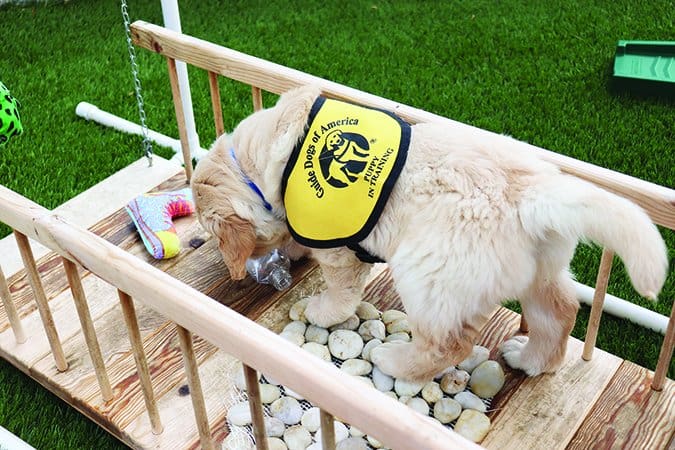
Stephanie Colman
“The early work we do with the puppies is all about strengthening the neurotransmitters in their brains, so they can better manage life in the real world,” said Carol Ann Heinis, GDA’s canine development lead. The take-away? If you’re looking for a puppy, find a breeder, shelter, or rescue group that invests ample time and energy in providing early learning opportunities for the puppies. Early socialization is largely about teaching a puppy the world is a safe and wonderful place; the benefits will be lifelong!
2. Find a well-run puppy kindergarten class.
An increasing number of pet owners and behavior-savvy veterinarians recognize the value of well-run puppy kindergarten classes designed for puppies as young as eight weeks old.
In its position statement on puppy socialization, the American Veterinary Society of Animal Behavior (AVSAB) says, “Enrolling in puppy classes prior to three months of age can be an excellent means of improving training, strengthening the human-animal bond, and socializing puppies in an environment where the risk of illness can be minimized.” AVSAB recommends that puppies have at least one set of vaccines at least seven days prior to the first class, and a first deworming, noting that while puppies’ immune systems are still developing, “the combination of maternal immunity, primary vaccination, and appropriate care makes the risk of infection relatively small compared to the chance of death from a behavior problem.”
All things being equal in terms of risk management when it comes to disease, the overall class structure is hugely important. At Guide Dogs of America, puppy raisers attend a GDA-led puppy kindergarten class starting at 10 weeks old, and designed in partnership with Clothier. The school keeps classes small to limit the opportunity for a puppy to become overwhelmed or overstimulated by the environment. Small classes also limit dog distractions, making it easier for the puppy to learn to engage with the handler.
Some puppy kindergarten classes focus on dog-to-dog socialization through extensive off-leash playtime and dog-to-people socialization. In contrast, GDA’s puppy kindergarten class focuses on creating a solid foundation of basic skills upon which the puppy will build throughout his time with the puppy raiser, and later as a guide dog-in-training. Dog-to-dog and dog-to-people interaction and environmental exploration are part of the class, but puppies are encouraged to check in with handlers often, and handlers are taught to support the puppies emotionally as they encounter new things.
“For a puppy, and especially a service-dog puppy, one of the most important lessons is to find value in working in partnership with the handler,” said Heinis. “For that reason, we jump into training skills, at an age-appropriate level, right away. Training is a great relationship-builder, and you want a solid relationship when socializing a puppy – both to help him feel safe as you explore the world together and to make sure the puppy still finds you relevant as you present him with all sorts of new and interesting pictures.”
When it comes to defining what makes a good puppy kindergarten class, consider where the puppies are learning to focus the bulk of their attention. The class might not teach what you hope it to teach if the class is structured such that the puppies’ attention is largely focused on the environment or group play with other puppies, without building a desire to check in and engage with the handler.
“If you’re not teaching the puppy to work with you as a team when you socialize the puppy, then the puppy is just doing what comes naturally and what instincts tell him to do, and he isn’t referring back to the bond he has with the person,” said Heinis.
“We know socialization is key, but people often discount the critical role of building a strong connection with the puppy. Without that connection, it’s easy to overstimulate the puppy and set him up to practice repeatedly disengaging from the handler in favor of the environment. That’s not what we want in a service dog, and it’s not helpful in pet dogs either.”
3. Maximize home-based socialization or other “safe” experiences.
In addition to a well-run puppy class, there are numerous opportunities for socialization right in your own home. People often think socialization has to involve leaving the house, but any new experience counts as socialization. You can use your imagination – and network of dog-loving friends and acquaintances – to create fun, safe social experiences for your puppy at home.
GDA advises puppy raisers to limit the pups’ exposure to the outside world for the first two weeks after they transition into puppy raiser homes at eight weeks old. But that doesn’t mean the pups lack socialization during that critical time in a dog’s early development.
“Even things as simple as having the puppy experience different surfaces is meaningful socialization,” says Heinis. “You can have the puppy walk on hardwood, walk on tile, walk on a rubber mat, walk on a shiny surface, stand in the bathtub. Use a food lure and work on position changes on each of the surfaces.”
Heinis says presenting puppies with these different pictures, in a safe environment, is a great way to add to their bank of life experiences while waiting to expand their world via scheduled outings away from home. Car rides, visits with friends and family, and short outings where you carry the puppy and use a blanket if putting him on the ground to rest are also great opportunities for early socialization in cases where you wish to be more conservative when considering possibility of disease exposure.
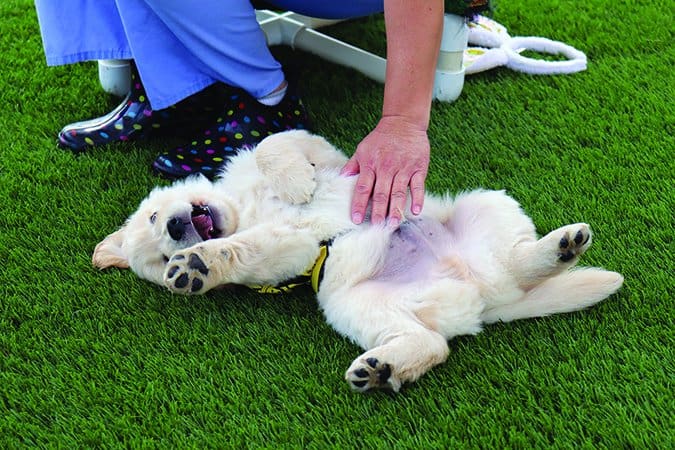
Stephanie Colman
4. Develop a relationship with your puppy.
We can’t stress this enough. Bonding with the puppy and building a meaningful relationship is critical to the success of the team.
Of course we can use toys and treats to help support a relationship, but it’s important to engage in meaningful interactions where our attention is a key part of the reinforcement package. Don’t be a Pez dispenser! When you reward with food, offer genuine praise. When you pet your puppy, pay attention to his body language so you learn which type of contact he likes best. Develop silly, interactive games you both enjoy – and think beyond the typical games like tug and fetch, which can sometimes become more about the toy than the interaction with you.
When you’re out with the puppy, pay attention to the puppy! Any good relationship is about mutual respect for and enjoyment of each other. A dog-owner relationship need not be about the human’s ability to “control” the dog in a dominate-subordinate schema. Think of the goal as working to meet the dictionary definition of relationship: “the state of being connected.”
The relationship is paramount to successful socialization. If the dog isn’t invested in his relationship with the handler, the handler can become a source of frustration for the puppy.
“If the puppy doesn’t learn to value interaction with the handler via a solid relationship, attempts to socialize the puppy out in the world can quickly cause the puppy to view the handler as a road block in the way of what he wants,” Heinis said. The most successful socialization happens when the dog-handler relationship is solid.
5. Keep up your socialization efforts after the prime period.
While a puppy’s early socialization period lasts from seven to 16 weeks, thoughtful ongoing socialization, as a core part of a puppy’s – and adolescent dog’s – training is important for creating a well-balanced, well-trained animal. GDA puppies in training engage in ongoing socialization throughout their time with puppy raisers, which lasts until the dog is 16 to 18 months old.
6. Don’t accidentally teach undesirable behaviors in the name of socialization.
Socialization should not be a free-for-all where the puppy is allowed to run up and greet as many people as possible! Encouraging the puppy to partake in every possible human interaction (assuming he’s comfortable with the idea to begin with) can backfire as the puppy starts to expect attention from everyone.
“We teach our puppy raisers to ask the puppy for an age-appropriate amount of self-control before they greet a person or explore a new environment,” said Heinis. The goal is for the dog to acknowledge the person holding the leash in order to earn permission to interact with the person. GDA uses the cue, “Go say hi!” as a way to use socialization with humans as a reward for acknowledging the handler.
When leading their human partners, working guide dogs must exhibit the critical skill of ignoring other people in their environment. To help develop that skill, GDA puppy raisers are taught to strike a balance between opportunities to let the puppies socialize with strangers and building the puppies’ ability to resist the distraction of people in the environment. They’re also taught to not allow the puppies to socialize with other dogs while on leash – again, to help prevent the puppies from becoming overly distracted by the perceived opportunity to interact with other dogs. This is great advice for pet owners, too.
GDA’s puppies-in-training are easily recognizable throughout Southern California thanks to their bright yellow training jackets and the ability to comfortably adapt to most any situation. While careful breeding plays a role in the puppies’ success, early and ongoing socialization and training is critical.
Whether you’re training a family dog, a performance dog or a future guide dog, smart socialization is critical to the overall success of the team.
Stephanie Colman is a writer and dog trainer in Southern California. She recently joined Guide Dogs of America in the puppy department, where she helps recruit and manage volunteer puppy raisers.


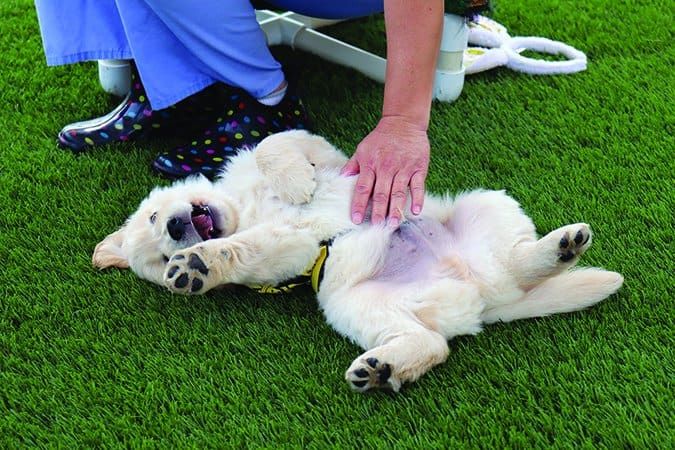
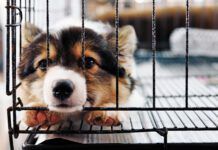
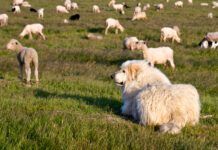
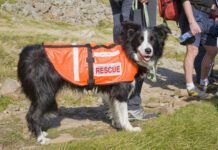

Helpful thanks